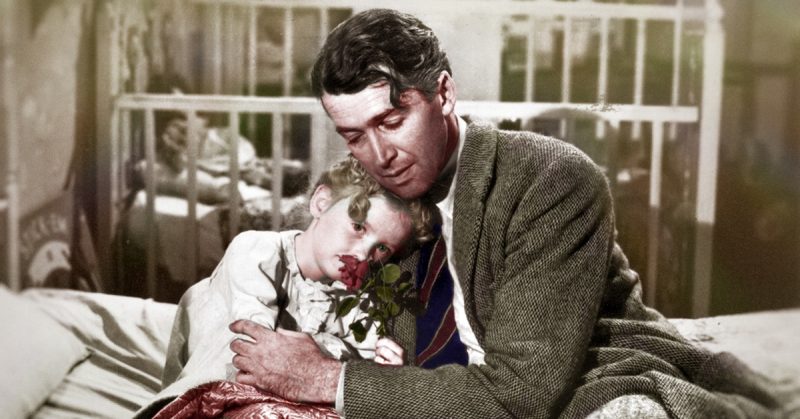It’s a Wonderful Life is a quintessential Christmas classic in America, and according to the Radio Times poll, it is a number one Christmas movie in Britain, too.
Frank Capra’s 1946 comedy-drama was based on a short story by Philip Van Doren, The Greatest Gift, written in 1939. It portrays a downtrodden man on the verge of suicide who finds strength in people around him and human ties he has built throughout his life.

The movie did great at the box office, and still features on the small screen in homes across the world every holiday season without exception. Capra himself though that It’s a Wonderful Life was the greatest movie in his career.
However, Capra and the people who collaborated with him had to struggle to defend it against accusations that the movie supported communist ideology.

Capra was a Conservative who openly sympathized with Franco and Mussolini, and ardently opposed Franklin D. Roosevelt.
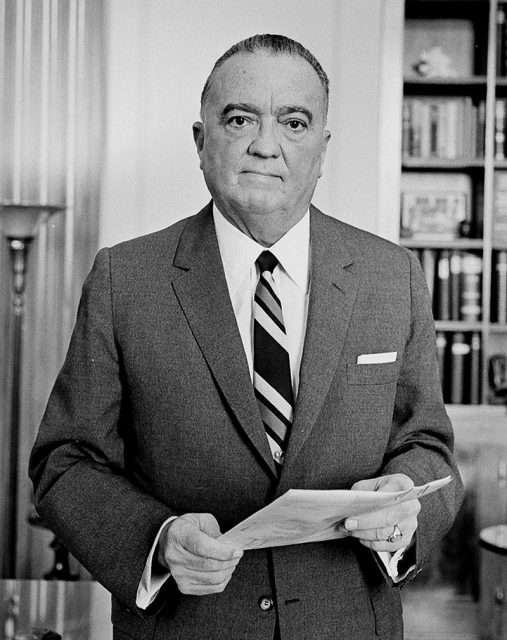
The movie was reviewed alongside 200 other releases from the 1940s to 1960s as a part of an action to uproot any subversive, anti-American influences. The closure of World War II marked the beginning of the Red Scare and any suspected connection with communism was censored and blacklisted. This resulted in many ruined careers.
An unnamed FBI agent watched the movie and decided to take further actions on it. Historian John A. Noakes, who author of the book The Cold War and the Movie and many articles dealing with the topic, wrote that the FBI agents: “also identified what they considered a malignant undercurrent in the film.”
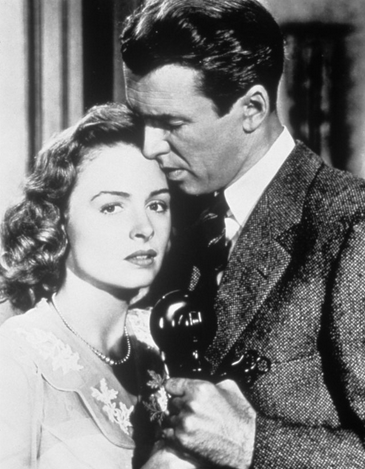
There were two important points of critique believed to be propaganda techniques. First was the negative portrayal of the banker, Mr. Potter, played by Lionel Barrymore. Potter was a “scrooge-type” profiteering banker who was supposed to be the most hated, villainous character.
Smithsonian magazine writes that it was thought that the representation of Mr. Potter celebrated “values or institutions judged to be particularly anti-American or pro-Communist.”

Furthermore, depression and existential anxiety were a sentiment better left out of the popular culture. According to Smithsonian, the FBI saw these features as a “subtle attempt to magnify the problems of the so-called ‘common man’ in society.”
It did not help that George Bailey, the protagonist played by James Stewart, was unhappy in Bedford Falls — a paradigmatic example of an American small town. It was believed to be a subtle depiction of American values failing to satisfy the citizens of this great nation.
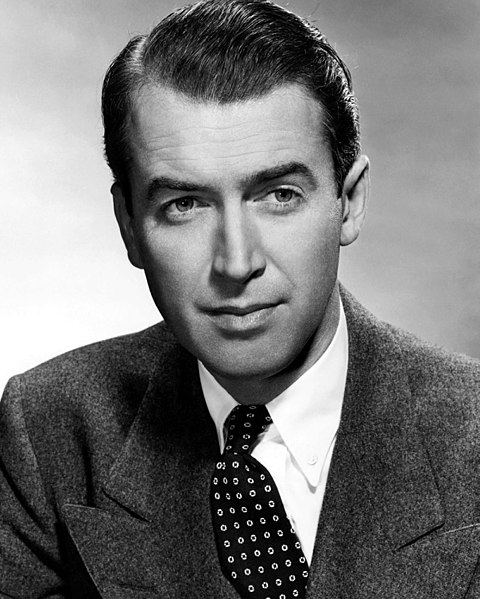
Russian-born novelist-philosopher Ayn Rand played a major part in blacklisting movies that were interpreted as having a communist slant.
It was thought that communist movies did not have an open political message but played on subtle cues to undermine the dominant values of American society. A pamphlet published by Rand and her group which was quoted in the FBI report on the “Communist Infiltration of the Motion Picture Industry,” or COMPIC, stated:
“The purpose of the Communists in Hollywood is to corrupt non-political movies — by introducing small, casual bits of propaganda into innocent stories and to make people absorb the basic principles of Collectivism by indirection and implication.
Few people would take Communism straight, but a constant stream of hints, lines, touches and suggestions battering the public from the screen will act like drops of water that split a rock if continued long enough. The rock that they are trying to split is Americanism.”
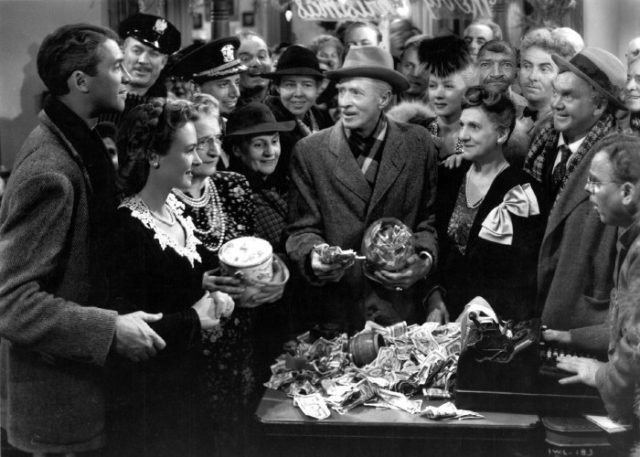
The movie was finally redeemed by the House Un-American Activities Committee (HUAC) in 1947. Charles Moffitt, a former Communist screenwriter played a crucial part in the defense of the movie.
He agreed upon the interpretation of Mr. Potter as an anti-capitalist personification. However, the fact that George Bailey was himself a banker and used money benevolently was the film’s saving grace.
Today, even though the movie does not include Santa, it is widely regarded as a family-friendly Christmas movie. According to the Independent, professor David Wilson called it the “most humanist film that you could ever see.”
After all, It’s a Wonderful Life tells a story of a broken man who overcomes his anxieties and deepest fears with the help of his companions and their love.
